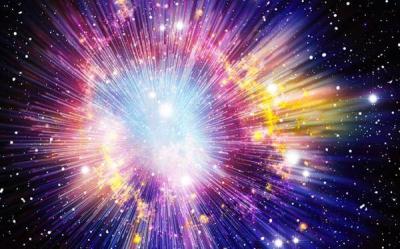Scientists are anticipating a rare cosmic explosion in the Milky Way galaxy in the coming months. This bright explosion will result in a new star appearing in the sky for a short time during the night. This event, known as a "nova explosion," will be a once-in-a-lifetime opportunity for observers in the Northern Hemisphere, according to the American space agency NASA, as the types of stellar systems that experience such explosions are not common in the galaxy.
The stellar explosion will occur in a system called "T Coronae Borealis," which is located 3,000 light-years from Earth. This system contains two stars: a dead star known as a "white dwarf" and a "red giant" star that orbits around it. Red giant stars are dying stars, as they exhaust the hydrogen fuel in their cores. According to NASA, this is what the Sun will eventually become.
Astronomers expect the nova explosion could happen at any time between now and September. Emeritus Physics and Astronomy Professor at Louisiana State University, Bradley Schaefer, noted that the last time this stellar system exploded was in 1946, and it is unlikely to erupt again for another 80 years or so.
In research published last year in the academic journal "History of Astronomy," Schaefer discovered two long-lost explosions in the T Coronae Borealis system in historical records. One was documented by German monks in 1217, and the other was observed by the English astronomer Francis Wollaston in 1787. Schaefer explained that the monks near Augsburg, Germany, did not know what it was at the time, but they highlighted the explosion as one of the two most important events of the year, calling it "signum mirabile" in Latin, which translates to "good omen," as it was believed to be a positive sign.




